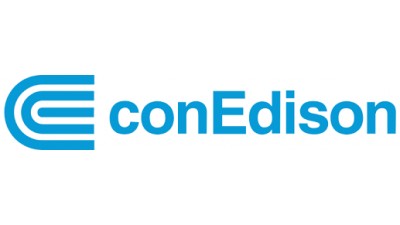Winter Is Coming. Here’s How Multifamily Owners And Residents Should Prep

Unseasonably warm temperatures in October across much of the U.S. led to the coining of a new season: “hotumn.” Days of extra sunshine and over 70-degree heat have kept windows open and air conditioners running longer than normal.
With temperatures starting to dip into a chillier range, multifamily owners have begun prepping their HVAC systems for winter. Con Edison program manager Phil Madnick suggests that owners and residents of multifamily properties start getting ready before temperatures drop.
“Not gearing up on time will cost you money on your energy bills,” Madnick said. “If you don’t have your storm windows in, or if the air conditioner is still in the window when temperatures drop into the 40s or lower, you’ll be letting a lot of cold air into your apartment. You’ll pay more on your heating bills if you are complacent and wait too long to prepare.”
Ensuring that a building’s boiler is up and running before heating season is essential. New York City landlords are required to provide heat to tenants between Oct. 1 and May 31. If the outside temperature falls below 55 degrees, the inside temperature is required to be at least 68 degrees during the day, while at night, the inside temperature is required to be at least 62 degrees. Prepping these systems requires a deeper maintenance process than a furnace in a single-family home, Madnick said.
Owners should have their maintenance contractor clean the boiler's burner and make the appropriate pressure adjustments so the boiler can properly send heated water or steam up to units. Madnick also recommends a combustion test to see if any toxic hazards, like carbon monoxide, have built up in the system. Because this test requires specialized knowledge, a maintenance contractor might be needed.

Boilers are a closed loop of steady water being heated and sent to radiators before returning to the tank. This causes sediments and metal fragments to accumulate over time, interfering with heat exchange. Draining the water before startup and replacing it with fresh, chemically treated water can keep the system running efficiently.
In-unit radiators should also be examined for faulty steam traps, which need to be replaced every three to five years.
Energy management systems, while expensive, can help multifamily owners manage heating efficiency and operating costs with boilers, Madnick said. Con Edison offers incentives for HVAC solutions that give owners remote access to the heating control system through a computer or mobile phone. By installing sensors in every apartment, owners can create a heating system that can take the average temperature in the units vs. outdoor temperature, resulting in a more accurate heating adjustment.
In one of Beach Lane Management’s New York City properties, the installation of EMS indoor and outdoor sensors cut fuel consumption by up to 12%.
Beyond mechanical maintenance, insulation is one of the biggest contributing factors to heat loss. Owners should make sure roof or basement doors are working properly after summer use, Madnick said. They should also examine places in buildings where fresh air has to periodically enter, like elevator mechanical rooms and boiler rooms, to ensure that the ventilation windows are working properly. Other issues like missing insulation should be addressed before winter.
Con Edison can help, and offers incentives for owners looking to prepare for the heating season. The company also offers incentives for customized projects such as pumps, motors and building management systems. The incentives for customized projects are based on the amount of energy savings produced.
Madnick will be speaking at the Better Steam Heat — Upgrades & Incentives forum hosted by NYC Retrofit Accelerator, National Grid and Building Energy Exchange on Nov. 16. To learn more about the event or to RSVP, click here.
To learn more about this Bisnow content partner, click here.

